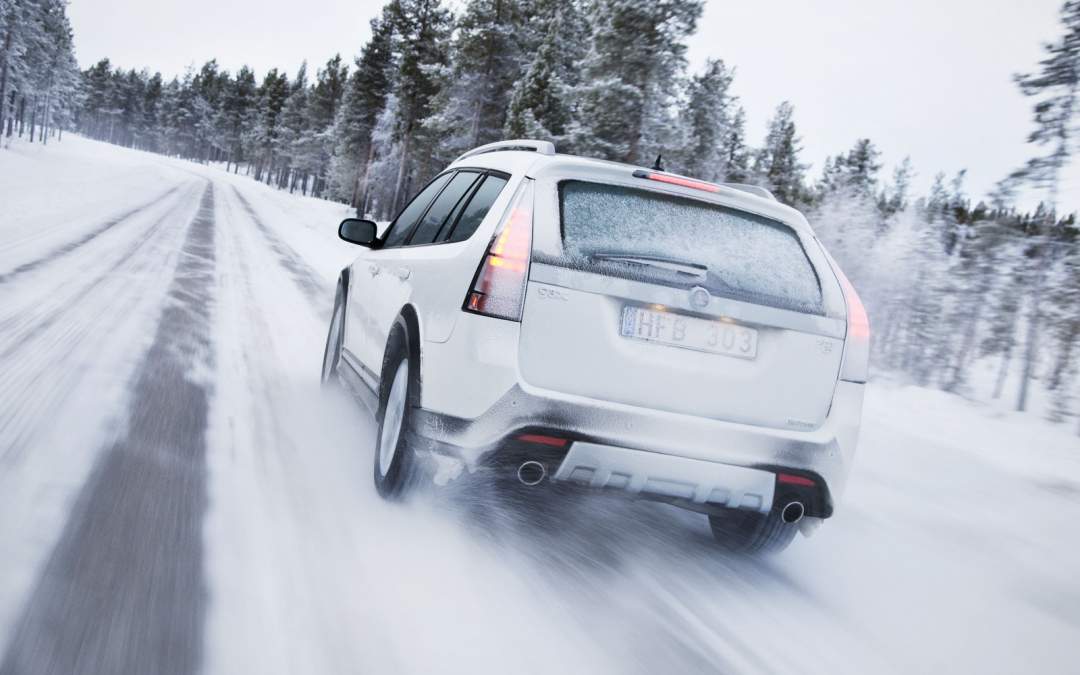
10 Tips for Safe Winter Driving
Winter driving can offer virtually all the unpleasantness that any driver could possibly imagine. Although you may think that brushing snow off a car parked outside in freezing weather may be the worst thing that could happen to you, it is actually the least of your troubles. The way our Canadian climate works, you will have to worry about navigating deep snow, black ice, slippery bridge decks and icy intersections among many other hazards.
Here are ten safe winter driving tips to help our clients remain safe, avoid costly accidents and keep their automobile insurance coverage low:
- Start clean: Be sure to completely clear snow and ice from all windows, lights, hood and your car’s roof for maximum visibility and to avoid having ice and snow fly off your vehicle.
- Slow down: Drive slowly. When there is snow and ice on the road, traction is reduced and speed should be reduced as well.
- Increase the follow distance: Allow extra distance (at least three times the usual) between your vehicle and the vehicle in front of you. Rear-ending someone will be an at-fault accident and will likely increase the price of your insurance policy.
- Stay focused: Watch the traffic well ahead for extra reaction time to deal with wintery conditions. Do not attempt to drive if you are feeling tired, sleepy or under the influence of any substance.
- Avoid abrupt lane changes: Use extreme caution when changing lanes. There may be a snow ridge between lanes. Also, the passing lane may be in worse shape than the driving lane you are currently on.
- Don’t take risks: If there is a heavy snow storm outside, try and postpone your trip until the storm has subsided.
- Use brakes effectively: Brake early and gently to avoid skidding. It takes more time and distance to stop in adverse conditions. If your wheels start to lock up, ease off the brake.
- Avoid black ice: Black ice usually forms in overpasses, bridges, intersections and isolated areas. If the car hits a patch of black ice, remove pressure from the gas pedal and do not brake. Do not overcompensate with the steering wheel; rather, make small and slow adjustments. When the car regains traction, reduce speed and stay alert.
- Do not rely too heavily on technology: Even if the automobile has four-wheel drive, new winter tires, electronic stability control and anti-lock brakes, good driving techniques still need to be used. Never use cruise control mode during winter conditions.
- Defensive driving: Maintain a defensive mode of driving when out on the road in icy cold conditions.
Winter driving throws many challenges at people regardless of their age, skill levels and driving experience. This is why you need to make sure you are fully covered before you hit the road. To speak with a licensed McDougall Insurance professional about our various options for auto insurance coverage, please call us at 1-800-361-0941.
You Might Want to Read
November 8, 2023
Meet the Dougallers: Conor Hache
November 2, 2023
Welcome M.B. Kouri Insurance Brokers to the McDougall Insurance Team!
October 31, 2023
Why You Should Get Homeowners Builders Risk Insurance



